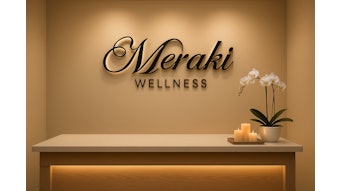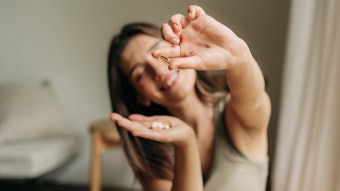
Only on SkinInc.com: During the holiday season, alarming news stories came out regarding poor sanitation in spas. Deedee Crossett, prominent spa industry leader and California board member, provides 10 easy-to-follow tips that will keep your spa—and the spa industry—in good standing.
During the holiday season, there were multiple stories throughout the country urging consumers to be careful when purchasing spa gift certificates because of potential safety and sanitation issues with certain spas. Although it is always important for consumers to be aware of safety concerns, it is even more important for the spas that make up this industry to ensure that they are operating in a safe and sanitary way to maintain the industry in a positive light in order to keep business growing and thriving. Skin Inc. magazine advisory board member, founder and dean of the San Francisco Institute of Esthetics and Cosmetology and board member of the California State Board of Barbering and Cosmetology has provided the following 10 tips exclusively to SkinInc.com to help ensure consumer safety and thriving businesses.
Ten Things Spas Can Do to Maintain Sanitary Conditions
- Wash hands before every service and announce it to your clients. After you speak with them and before you start touching their skin say, “I’m going to wash my hands so we can get started." It’s obvious to you as a spa professional; however, communicating it will show the client that you are practicing basic sanitation guidelines. Linen or cloth towels should only be used when each client can have their own towel. Paper towels or hand air dryers are more sanitary then all the clients using the same hand towel to dry their hands.
- Post valid licenses in a place where clients can see them. In some states, you are required to post them in the reception area or in the treatment room. Make sure that they are posted and not expired.
- Wax pots should always be clean and free of debris. They should be covered. A wax stick should NEVER be sticking out of the pot even if it is to just test the wax; throw it away. No double dipping.
- Keep clean tools in a closed, clean container. For example, put tweezers in a clean box or zip lock bag labeled "clean." If you are using a drawer on your facial trolley as clean storage, it should be labeled "clean." It should also only contain clean implements to be used on a client. Mixing tips, pens and a client's traveler creates an unsanitary environment. Clean linen should also be kept in a closed, clean container labeled "clean."
- Soiled tools should be cleaned immediately or place in a container marked "soiled." If you have six facials in a day, have six mask brushes and six sets of tweezers. Put the tools in a container marked "soiled tools" and clean them at the end of the day. Just keep them separate from the clean tools. The pocket of your esthetic jacket is not a clean, closed container. Soiled linen should be placed in a closed container marked "soiled linen."
- After every client, wipe down all the equipment with a U.S. Environmental Protection Agency (EPA)-registered disinfectant. Read the manufacturers directions; most of the EPA sprays and wipes should air dry for 10 minutes.
- Makeup precautions. Sharpen and wipe makeup pencils before using them on each client and do the same before you put the pencil away. Anything used around the eyes, nose or mouth should be disinfected or thrown away. Avoid doing makeup on a guest with a fever blister or open sores. UV sterilizers are not recognized in most states as an approved form of disinfection.
- Foot spa precautions. If you are using a pipeless foot spa system, then you will just need to soak the disinfectant in the spa tub for the required time according to the manufacturer’s directions. If it is a piped system, you will need to run the disinfectant through the entire system; just soaking the tub will not kill any microbacteria in the pipes. (This includes all of your hydrotherapy tubs.) Also, nail files should be one per client.
- Illegal tools. Illegal tools and implements should not be used or found in your establishment.
- Three staples. Everything you use on your clients should be one of three things: Laundered per your state’s requirements, cleaned with an EPA-registered disinfectant (bleach is not an EPA-registered disinfectant); or thrown away (i.e. spoolies, wax sticks, cotton swabs, sponges and nail files).
Every state has unique requirements; however, the intention is the same. Consumer protection, consumer protection, consumer protection!










